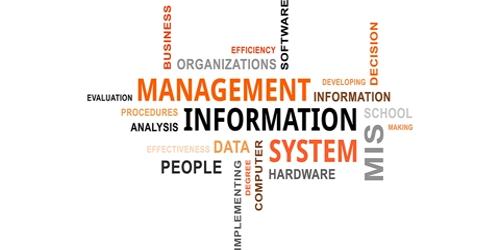Management information system (MIS): Management information system provides information in the form of reports and displays to managers and many businesses professional. For example, Sales managers may use their network computers and web browsers to get instantaneous displace about the sales results of their products.
Transaction processing system (TPS): transaction processing system record and process data, resulting from a business transaction. The process transaction in basic ways. In batch processing, transaction data are accumulated over a period of time and processed periodically. The system is useful when something is sold over the internet. It allows for a time delay between when an item is being sold to when it is actually sold.
Differences between these two are as follows:
(1) TPS stands for Transaction Processing Systems and MIS stands for Management Information Systems. This article will tell the difference between the two based on the type of users, activities, report generation and type of data.
(2) MIS provides information about internal operations to managers for decision making, planning, and analysis. The system helps to compare this data to facilitate decision-making and answer questions. TPS, on the other hand, performs routine operations for supervisory executives which include storing, retrieving, possessing creating and formatting data. The users of TPS come on the lowermost level in the management hierarchy while the users of MIS are the mid-level managers.
(3) The activities performed by TPS are different from that of MIS. The input activity involves data entry, transaction processing, TPS file and database processing, and TPS documents and report generation. The activities performed by MIS are taking high volume transaction level data as an input and then processing this input based on simple models. The outputs of MIS are the summary reports that are used by the middle managers.
(4) It must also be noted that MIS uses compressed and summarized data provided by the TPS, while TPS deals with raw data.
(5) The documents generated by transaction processing systems and management information systems also differ. TPS generates action documents (for example purchase orders and paycheques), information documents (for example sales orders and sales receipts), control listings that include transaction logs and turnaround documents. All these documents do not help in decision making. While the reports produced by MIS are scheduled reports (monthly financial statements) and exception reports (for example credit reports).
(6) TPS provides information to the MIS and DSS (Decision Support Systems) while MIS provides information to ESS (Executive Support Systems) and DSS.














